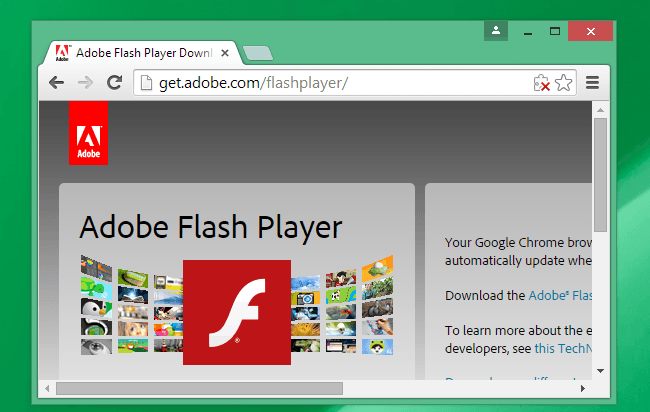With Adobe Flash Player getting more and more vulnerable to online threats, Google Chrome remains a bit more secure at working with this plug-in. This is because Chrome is able to sandbox the plug-in. That is the reason why you should update Chrome browser in order to avoid possible attacks via Flash Player.
The problem with this though is that Flash Player sometimes does not update together with the Chrome browser, as it normally does. Therefore, you have to manually update the plug-in. It used to be so easy to update Flash by just quitting Chrome and re-launching it. However, it sometimes remains out of date, despite efforts to update it.
Here are steps that you can mimic in order to update Adobe Flash Player in your Chrome Web browser.
- Type chrome://components/ on the URL bar from the Google Chrome browser and hit enter.
- You will be presented with a list of Chrome components in which you need to find Adobe Flash Player.
- Click the “Check for Update” option under Flash Player and you will be given status updates. The status updates include Component Updated, No Update, and Component Not Updated.
- Then, you can now quit the browser and relaunch it so that the plug-in will load.
Regardless of the browser though, you have to keep Flash Player updated, particularly when you are still using Flash Player plug-in or just about to install it. You might be able to disable this feature in Chrome, but if you consider keeping Flash updated, then you don’t have to turn Flash Player off within the browser.
Adobe Flash Updates
In the recent versions of Google Chrome, you might have noticed that it has blocked Flash content by default. Likewise, Google has removed controls for the plug-in, which eventually would retire Flash by 2020.
When Chrome encounters Flash content from the webpage, it automatically prompts users that it would block the execution. This happens because Chrome prioritizes HTML5 over Flash content. If you want to allow Flash on websites you visit, mimic the steps you see below.
- From the address bar, load chrome://settings/content/flash, which opens the content settings for Flash.
- Move the slider to Off, if you need to change its status.
- Adding a website to the list of allowed Web pages, then click the Add button and then click Allow.
- You can also follow the same rules for websites you would want to block from running Flash content.
Next to the site listing is the menu represented by 3 dots, which allows you to edit, block, or remove sites. You can also allow sites to run in Chrome by clicking the 3 dots next to a site that has been blocked.
Take note that Adobe Flash Player has become a favorite target for hackers. In fact, they have raced to use the exploit for Flash before the vulnerable systems are patched. Therefore, if you think that you should allow Flash content to run on Chrome, then you need to update it regularly to fend off possibilities of falling victim to some threat groups lurking in the Web.





